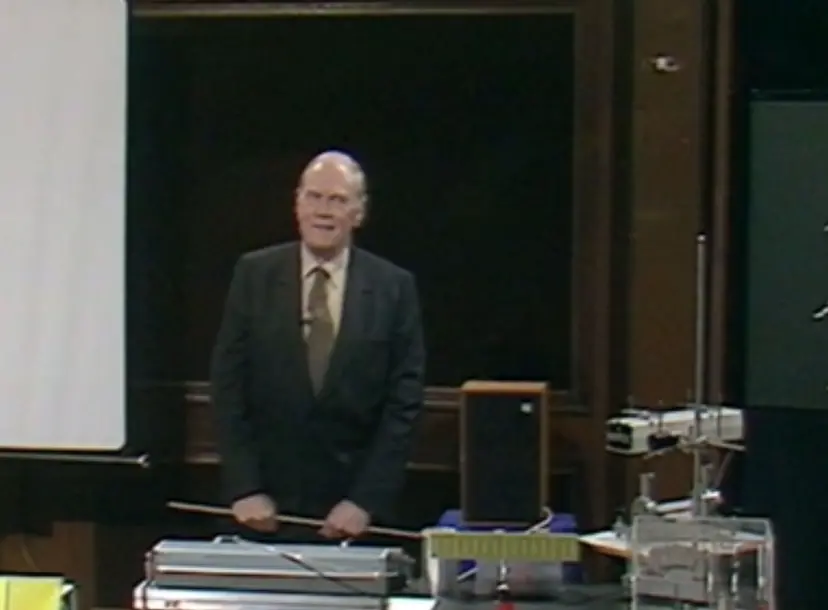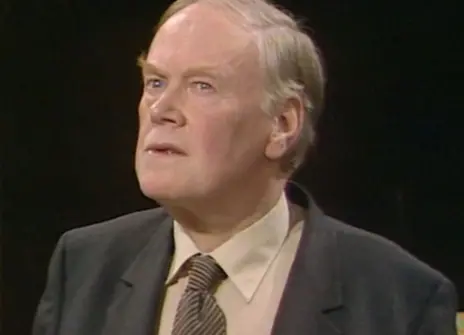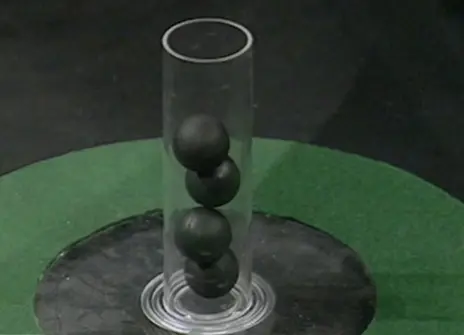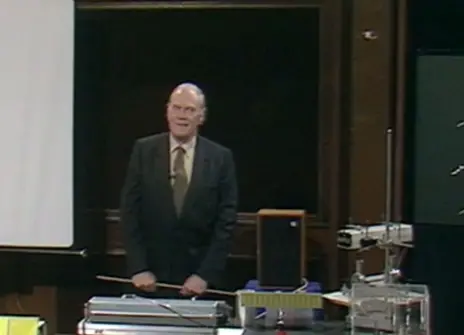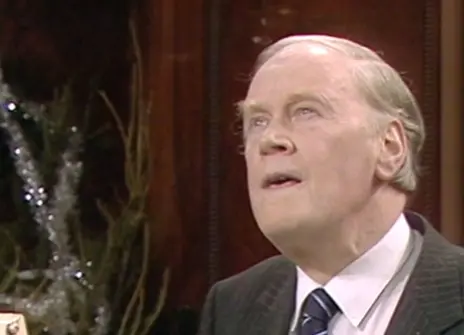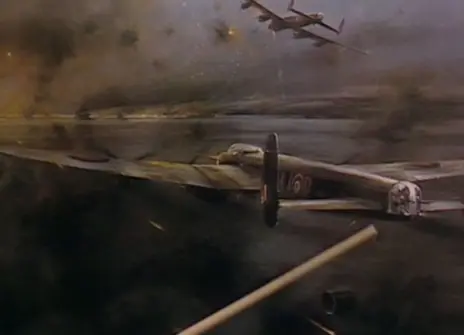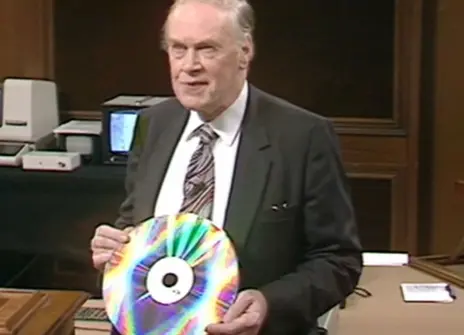Lecture 3 – More and more about less and less
We left the measurement of length in Lecture 1 at the stage when the metric system was set up and based on the metre for length and the earth’s rotation for time. Just as the second is now defined in terms of atomic properties, so the metre has been re-defined as 650,763-73 wavelengths of the orange light emitted by the krypton 86 atom. Two of our basic standards are thus expressed in terms of atomic properties which will survive every natural catastrophe and which we believe to be the same in any part of the universe. Mass alone still has to be defined in terms of a material standard, the kilogramme.
It is possible to measure very short distances by light waves, and also by very simple devices such as the optical lever, Moire fringes, and the capacitance micrometre. Such measurements are particularly important in our newest industries, and if we can make them automatically we can have machine tools that are automatically controlled. We shall therefore look at some methods of automatically reading a scale and feeding the readings into a computer.
We shall also ask the question of whether, with our modern capacity for precise measurement, there is any limit to the smallness of things we can observe. We are already reaching the limits set by Brownian Motion – the agitation of the very atoms and molecules from which we and our observing instruments are made up. And we shall also find that when we try to observe anything, the act of observation may affect the object observed when we shine a light to observe it, the pressure of the light on it may move it from where it was before we observed it.
About the 1981 CHRISTMAS LECTURES
From the 1981 lecture programme:
The Christmas Lectures at the Royal Institution started in 1826, and there have now been more than one hundred and fifty in the series; and yet none has previously been on the theme of this year's lectures, which is measurement. Perhaps this is because the measurement is so much part of human life that we tend to take it for granted; but if we are to understand how our modern world, with all its achievements and its dangers, has evolved, then we need to know what measurement is, the principles by which measurements can be made, and why their applications have been of so much importance in the advance of science and in the development of technology. And we also need not be carried away by the spectacular successes of measurements, such as awakening mankind to the huge store of energy in the atomic nucleus, or the microchip, or the control of space probes as far away as Saturn; for despite Plato's proud claim that 'man is the measure of all things' there are many qualities in life that are very difficult, if not impossible, to measure such as love or courage, and we should therefore be cautious about extending measurement beyond its proper domain. But within that domain, measurement is one of the most challenging, fascinating and rewarding of human activities: this is what the lectures are intended to show.
